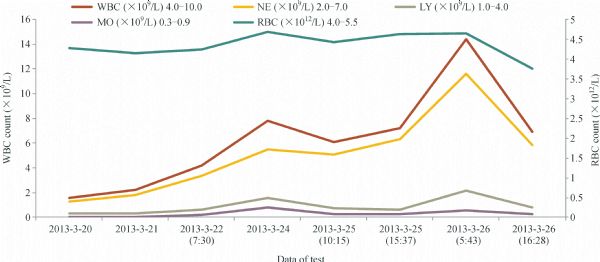 PDF(964 KB)
PDF(964 KB)


The first avian influenza A (H7N9) viral infection in humans in Zhejiang Province, China: a death report
{{custom_author.name}}, {{article.zuoZheEn}}
 PDF(964 KB)
PDF(964 KB)
 PDF(964 KB)
PDF(964 KB)
The first avian influenza A (H7N9) viral infection in humans in Zhejiang Province, China: a death report


| [{{custom_ref.label}}] |
{{custom_citation.content}}
CrossRef
ADS
Pubmed
arXiv
Google scholar
|
/
| 〈 |
|
〉 |